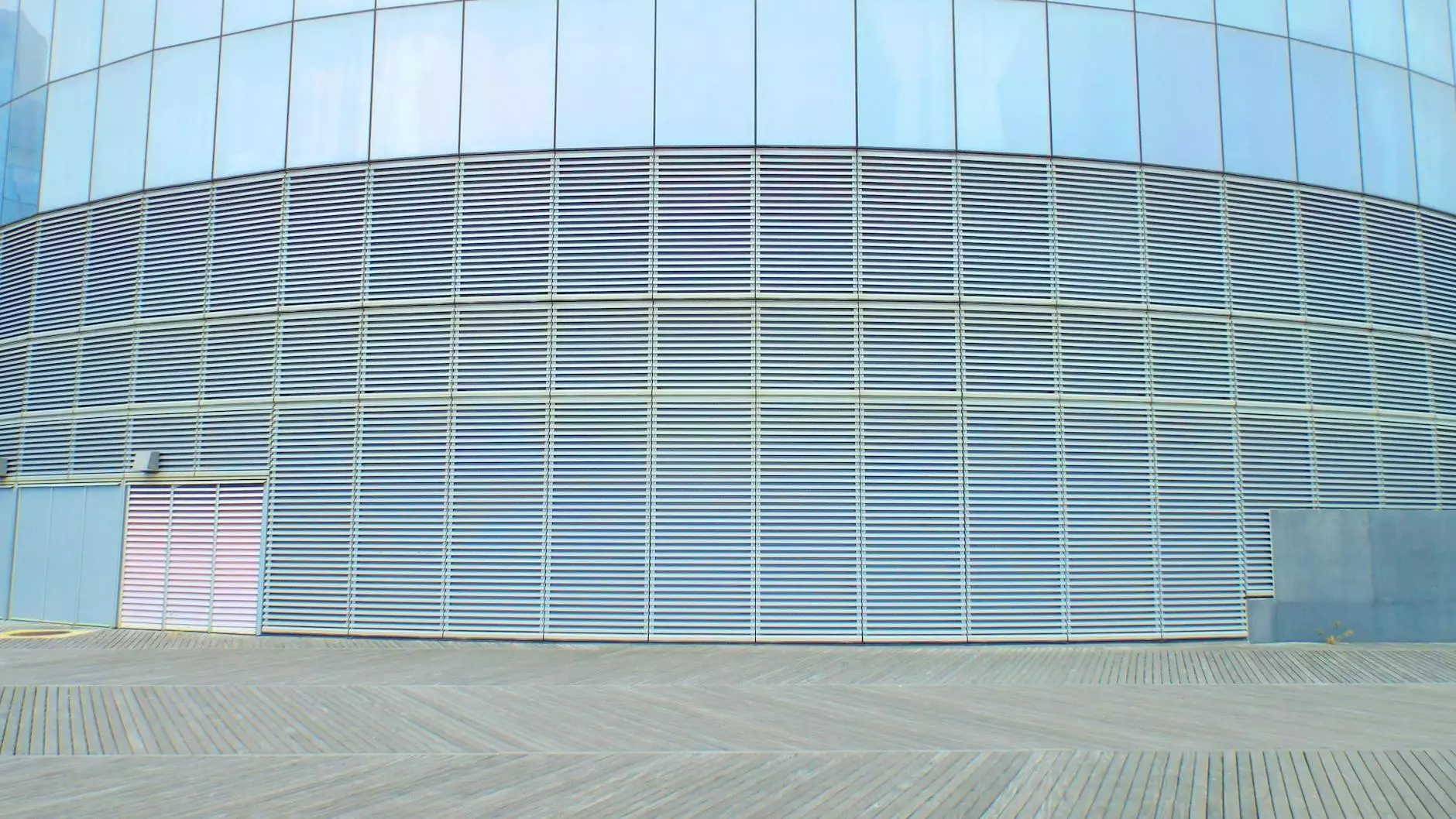Passive Solar Design and Construction Handbook
Articles
Welcome to Marjorie Cowley's Passive Solar Design and Construction Handbook, your ultimate guide to creating energy-efficient and sustainable buildings. In this comprehensive handbook, you'll discover the principles, strategies, and techniques required to design and construct environmentally friendly structures that harness the power of the sun.
Harnessing Solar Power for a Sustainable Future
As the world continues to focus on sustainable living, understanding passive solar design and construction techniques has become crucial. Our handbook serves as a valuable resource for architects, engineers, and anyone interested in building energy-efficient structures.
The Benefits of Passive Solar Design
Passive solar design utilizes the natural elements to reduce energy consumption and create comfortable living and working spaces. By leveraging the sun's energy, passive solar buildings can significantly decrease the reliance on mechanical heating and cooling systems, resulting in substantial energy savings and reduced carbon footprint.
Some of the key benefits of passive solar design include:
- Energy Efficiency: Passive solar buildings are designed to optimize natural heating, cooling, and lighting, reducing the need for artificial energy sources.
- Cost Savings: By minimizing energy consumption, passive solar buildings can lead to significant long-term cost savings on utility bills.
- Comfortable Living Spaces: Passive solar design focuses on creating comfortable indoor environments, with ample natural light and consistent temperatures.
- Environmental Sustainability: By reducing energy consumption, passive solar buildings contribute to a greener and more sustainable future.
Key Elements of Passive Solar Design
For effective passive solar design, understanding the key elements and principles is essential. Below are some of the essential elements:
1. Orientation:
The orientation of a building plays a crucial role in passive solar design. By optimizing the placement of windows, walls, and roof angles, you can maximize solar gain during the winter and minimize it during the summer.
2. Thermal Mass:
Thermal mass refers to the materials used in construction that can store and release heat. Materials like concrete, stone, or water have high thermal mass and can help regulate indoor temperatures by absorbing and radiating heat as needed.
3. Insulation:
Proper insulation is a vital component of passive solar design. Insulated walls, roofs, and windows help prevent heat gain or loss, ensuring optimal energy efficiency and a comfortable indoor environment.
4. Ventilation:
Effective natural ventilation helps regulate indoor air quality and temperature. Strategically placed vents or windows allow for controlled airflow, optimizing comfort and reducing the need for mechanical cooling systems.
5. Shading:
Shading elements, such as overhangs, awnings, shades, or vegetation, can help control solar heat gain and protect against direct sunlight, especially during the warmer months.
Become a Passive Solar Design Expert
Marjorie Cowley's Passive Solar Design and Construction Handbook provides an in-depth understanding of the various passive solar design techniques and strategies. Whether you're an architect looking to incorporate sustainable design principles or an enthusiast interested in creating an eco-friendly home, this handbook covers it all.
Topics covered in the handbook include:
- Principles and fundamentals of passive solar design
- Site analysis and solar access evaluation
- Passive heating and cooling strategies
- Thermal mass and insulation techniques
- Optimizing natural ventilation and airflow
- Integrating renewable energy systems
- Case studies and real-world examples
With comprehensive explanations, detailed illustrations, and practical tips, this handbook will empower you to approach your next building project with a focus on sustainability, energy efficiency, and environmental responsibility.
Conclusion
Marjorie Cowley's Passive Solar Design and Construction Handbook is your go-to resource for mastering the principles and techniques of sustainable building design. Whether you're an industry professional or an aspiring homeowner, this handbook will equip you with the knowledge and tools necessary to create energy-efficient and environmentally friendly structures.
Start your journey towards a more sustainable future by embracing passive solar design. Get your copy of the Passive Solar Design and Construction Handbook today and join the growing community of individuals committed to making a positive impact on the planet.



